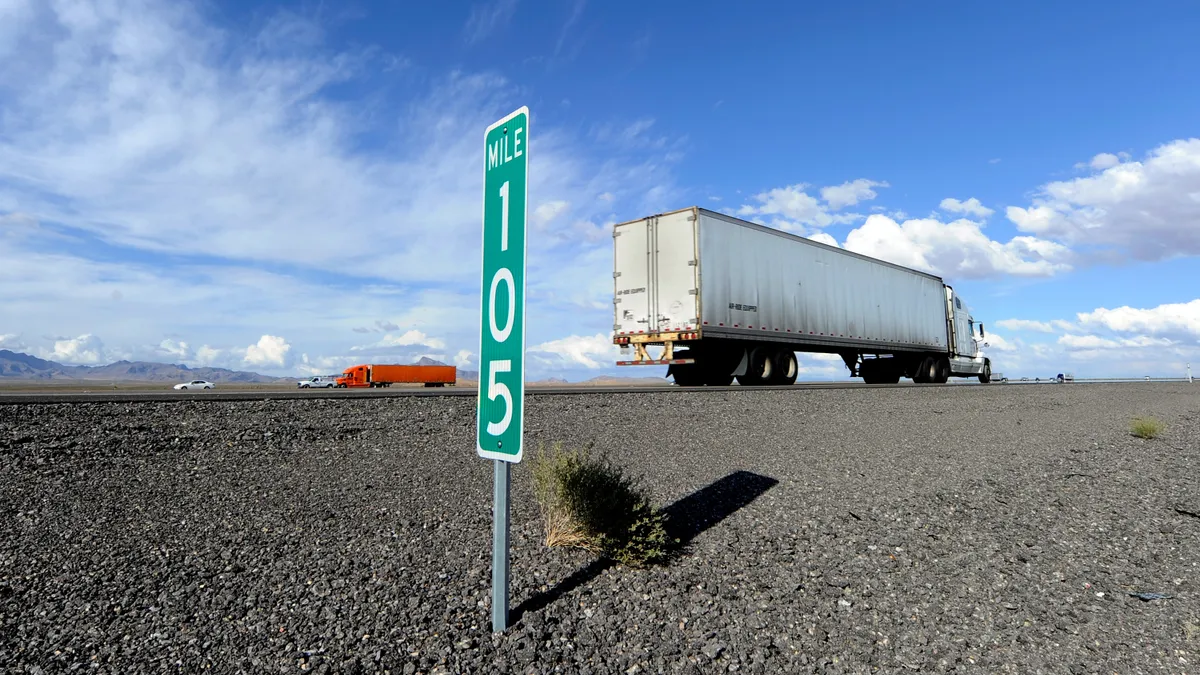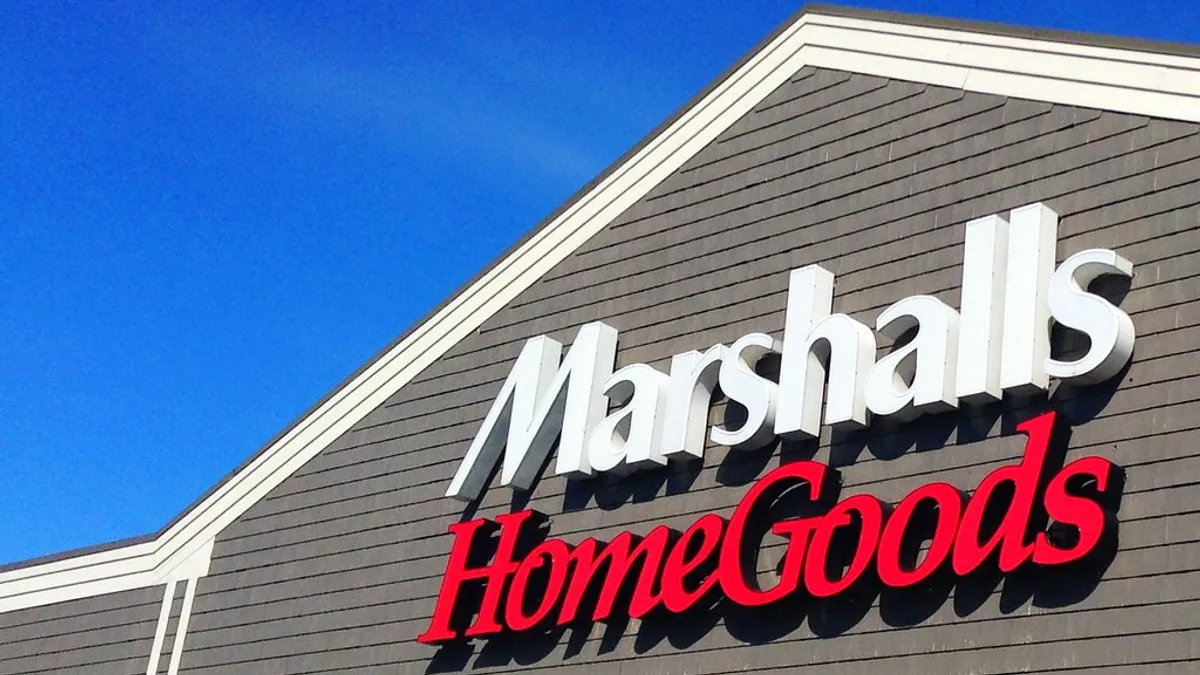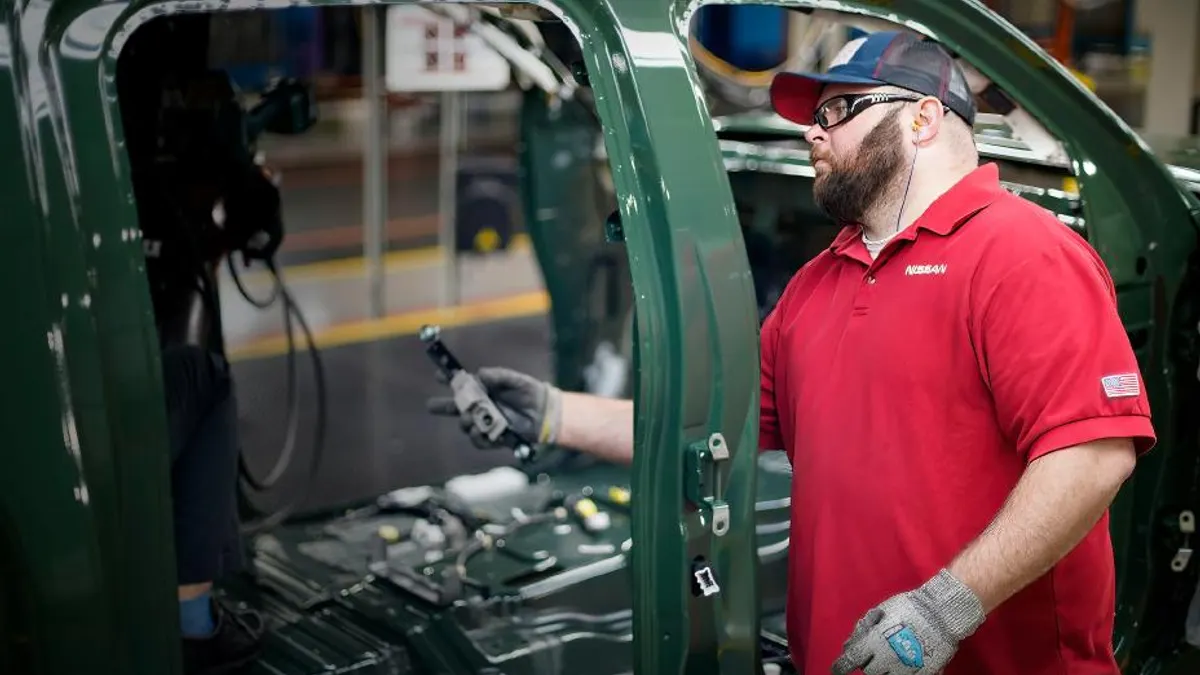A critical shipment of custom configured motors from France bound for Boston was misrouted by the supplier. Rather than being in the belly of an aircraft bound for Logan Airport, the motors were in a shipping container on the deck of a freighter heading across the Atlantic and bound for Memphis, Tennessee, via the Mississippi River.
The four-day transit time now stretched to at least five weeks and I was the buyer in the center of this mess. It was at that point that it became obvious to me that transportation and logistics was really a procurement issue. And I proudly owned it.
The shipment was progressing but the heat from all points of the factory was not letting up. The general manager yelled for more inventory to be shipped by air, but none would be available for months. One of the manufacturing planners demanded that I contact the United States Coast Guard on his behalf to expedite the shipment. A creative approach but a bit unreasonable.
It got worse. The shipment needed to transit the Saint Lawrence Seaway to the Great Lakes and then on to the Mississippi River to get to Memphis. One Friday night, and four weeks into the shipment, my supplier’s logistics manager called to tell me that the ship was delayed by ice in the Saint Lawrence River. There was an unexpected cold snap, and the seaway was frozen. The maps and charts on my desk were now joined by marine weather reports.
But like most emergencies that procurement professionals navigate and endure, the ice melted, the ship made port, the shipment was offloaded to an expedited shipment truck and the custom motors hit my receiving dock like any other shipment. "Your motors are here but the paperwork is wrong," grumbled Bobby the receiving manager as he walked past my office on his way to lunch.
Supply chain bottlenecks happen frequently. Recent delays in transpacific shipping are a reminder of that, and it's all the more reason procurement should take responsibility for inbound and outbound shipments. Here's three strategies procurement managers can use.
1. Source strategically
Transportation and logistics are critical service areas that need to be strategically sourced and actively managed. Identify and establish strong relationships with a range of transportation suppliers, including standard parcel delivery services, TL and LTL carriers, air freight, 3PLs, expedited carriers, and freight forwarders for international shipments.
Use existing supply management tools and don’t be afraid to negotiate and track supplier performance using transportation management systems or the supplier’s analytics. Rates, routes and service levels are all negotiable, and approaching transportation (as a commodity) with a strategic sourcing process will result in cost savings and improved service levels.
Make transportation companies ‘front door’ suppliers. Too often the shipping decisions are made on the shipping dock by the ‘shipper’ responding to the trucking salesperson climbing up on dock with a coffee cup or calendar. In these gig economy days, anyone with a truck and a half tank of gas can be a transportation company. Dealing with marginal suppliers creates a false economy of cost savings and significantly increased risk. Stick with reputable suppliers that fit into your sourcing strategy.
2. Increase span of control
Taking control for transportation and logistics is critical in managing the flow of materials and meeting production schedules and customer requirements. Eliminate the traditional supplier invoice process of ‘prepay and bill’ for transportation. Request that the supplier ship freight collect and specify the carrier. Take ownership of the freight as early in the process as possible and take full control of the process.
But expect occasional pushback from shippers with their own existing transportation relationships. In one instance my carrier of choice would arrive at my supplier’s dock too early in the afternoon to pick up all of the daily shipments, creating some production shortfalls. Rather than acquiescing to my supplier’s plea to use their own supplier, my trucker changed their routing to be at the suppliers later in the day, solving the problem.
3. Leverage direct relationships
Transportation and logistics companies are at the leading edge of technology and innovation. Take advantage of these evolving strong supplier relationships and look for areas of creativity. Transportation and logistics can be messy. Those shipments loaded on the truck so carefully can look totally different after a thousand miles or so on our nation’s roads. Leverage the direct relationship with the carrier to process claims quickly, efficiently, and even digitally.
During my early days in procurement, my manager told me to just put "best way" into the shipping method block of the purchase order, explaining that the supplier always made the call on how things get shipped. That was the common approach for most companies then, and sadly it may still be that way now.
We’d often joke that any trucking company named "Best Way”" was guaranteed to be successful.
Not so much today.






















